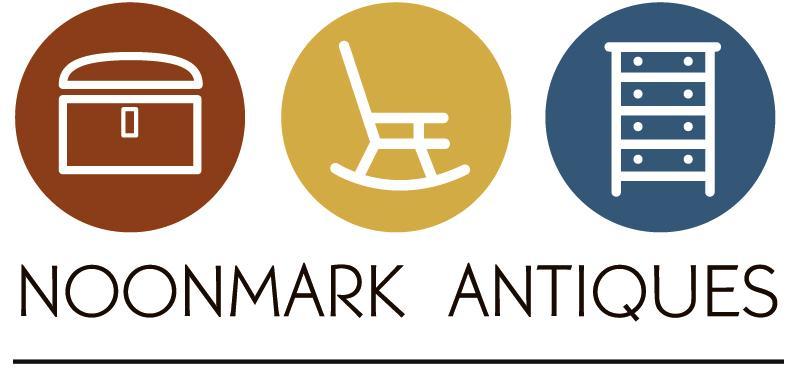Two new reality shows are using celebrities to explore ancestry. NBC’s new series Who Do You Think You Are and PBS’ Faces of America are doing a surprisingly good job of making dramatic entertainment out of genealogy. We watched the premiere episodes of both series this week. It was definitely worth it. In the case of Who Do You Think You Are, Sarah Jessica Parker’s reactions on learning her family’s past were identical to mine when I traced my line back to the founding of Germantown, PA.
So how can you get started tracing your family tree? You can use a number of paid services. They have large archives and do most of the discovery for you. Or, you can save the money, but more importantly, enrich your life by doing it yourself. We can show you how.
Four Steps to Tracing Your Family History
First, type into Google the name of a great grandparent. For me, it was my great grandmother. She had an unusual name. A number of entries appeared with her full or last name. This is because a number of people have placed their family trees on the Internet to share with others and to aid in piecing together their own histories.
Second, compare notes. Don’t just take the first entry you see. You’ll want to compare as many postings as possible to be certain the information you’ve found is accurate. When different accounts start to tell the same story, you have some indication that it might be true.
Third, explore the parental lines of the name you initially entered. You may find the thread quickly. Others may take some guesswork. In Google, enter a name and the approximate date you know the person lived. This often helps the search engine discover documents related to that exact person, rather than someone else with the same name.
Last, you may have to do some legwork. Ancestors with common names like Smith make it more difficult for Internet searching. But don’t get discouraged. You still have a lot of clues to work with. You may know where the person lived. I have gone to cemeteries to examine gravestones to find dates. Other local resources like historical societies, religious and cultural societies and even local libraries can help. There, you can look at birth and death records, news accounts, books on family lines and more. Sometimes, these resources may charge a fee for using their document archives. This fourth step is probably one of the most powerful parts of the process. When you go to the actual location where some of your ancestors lived, you will feel a connection and sense of awe just by being there. When you visit historical societies, local museums, historical sites and libraries, you may get exposure to the material culture of your ancestors. This last point is what actually drove us to the antiques business.
Traveling back in time to visit ancestors is an amazing adventure. As Sarah Jessica Parker said, “It gives me a sense of belonging. I am an American.”
